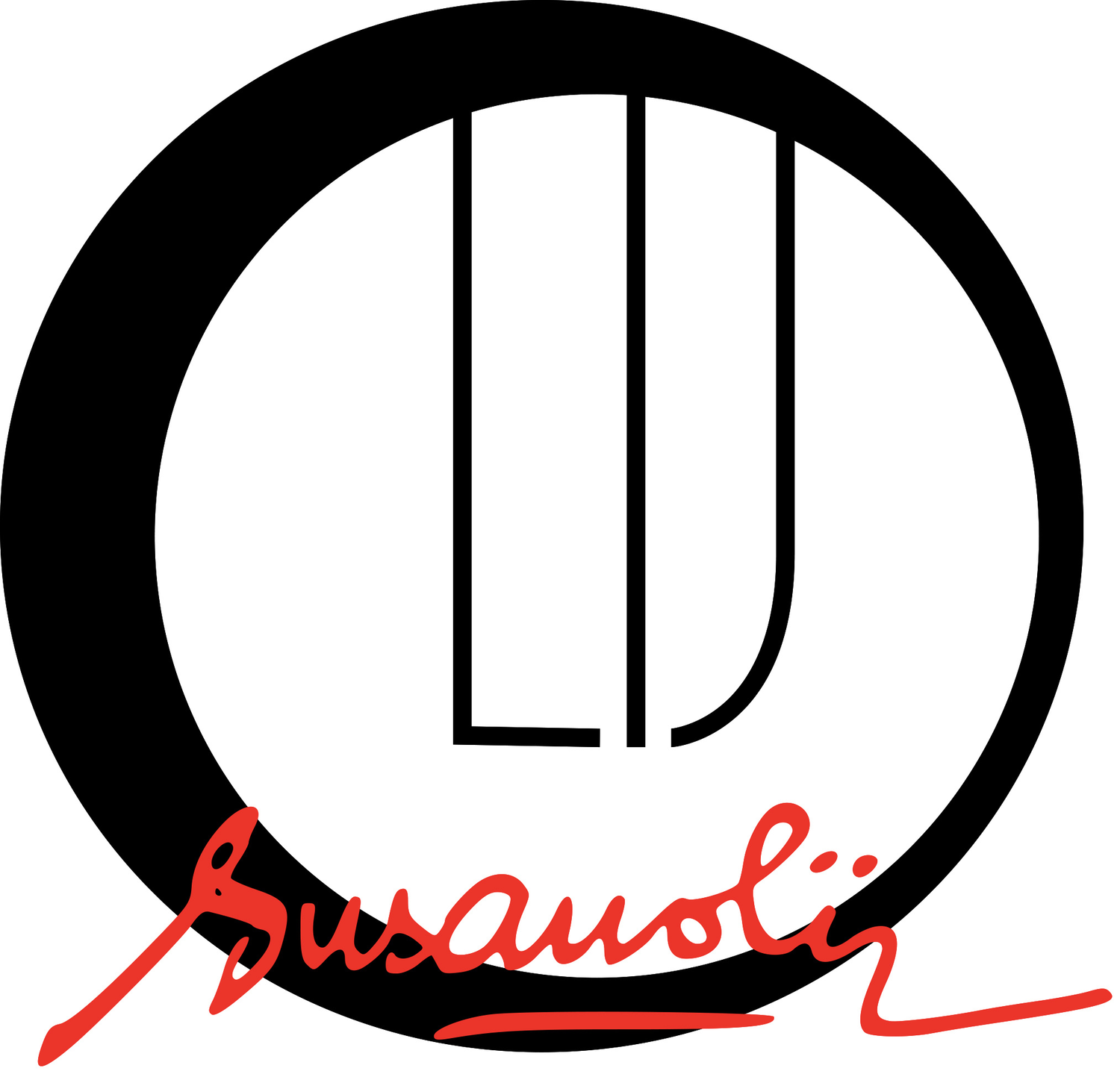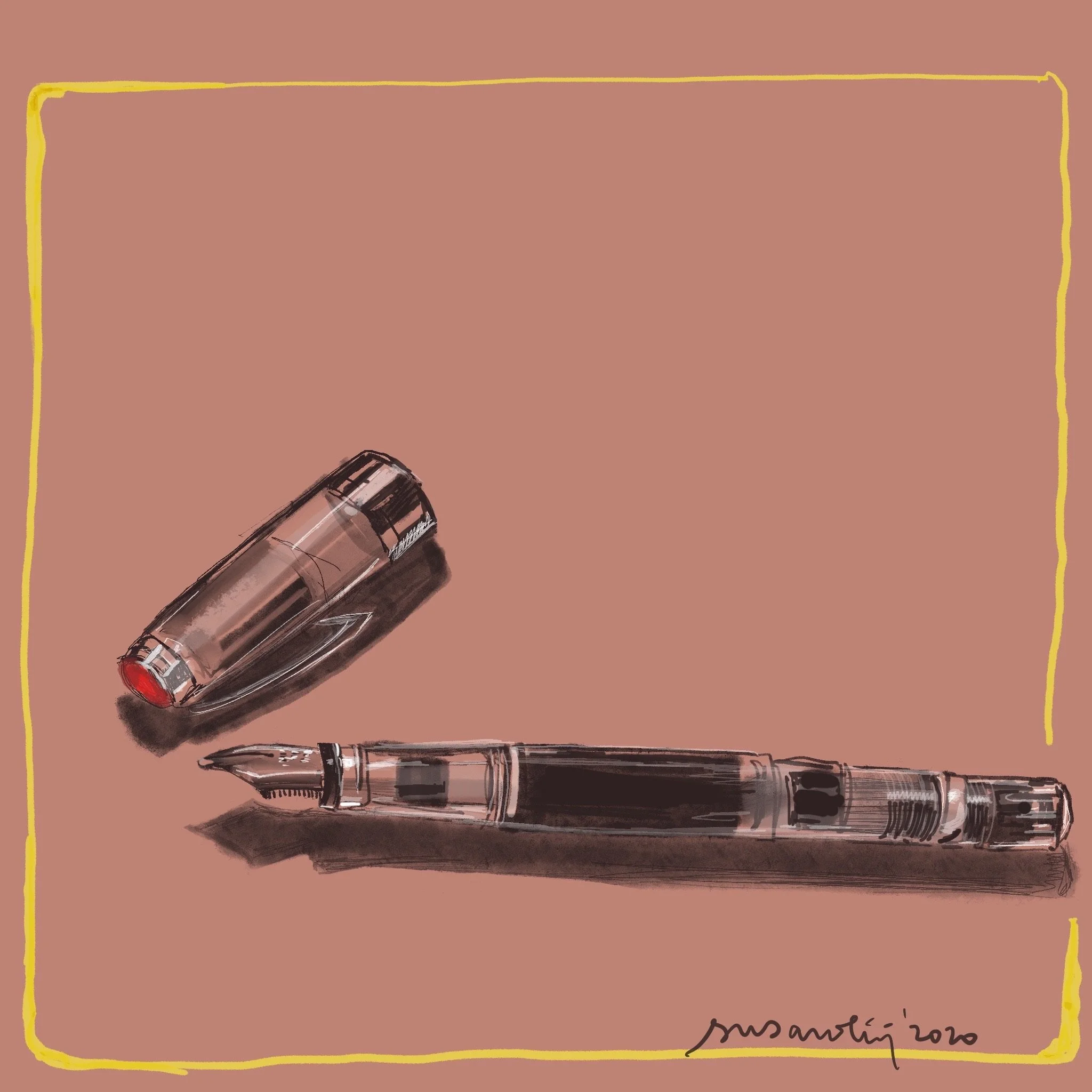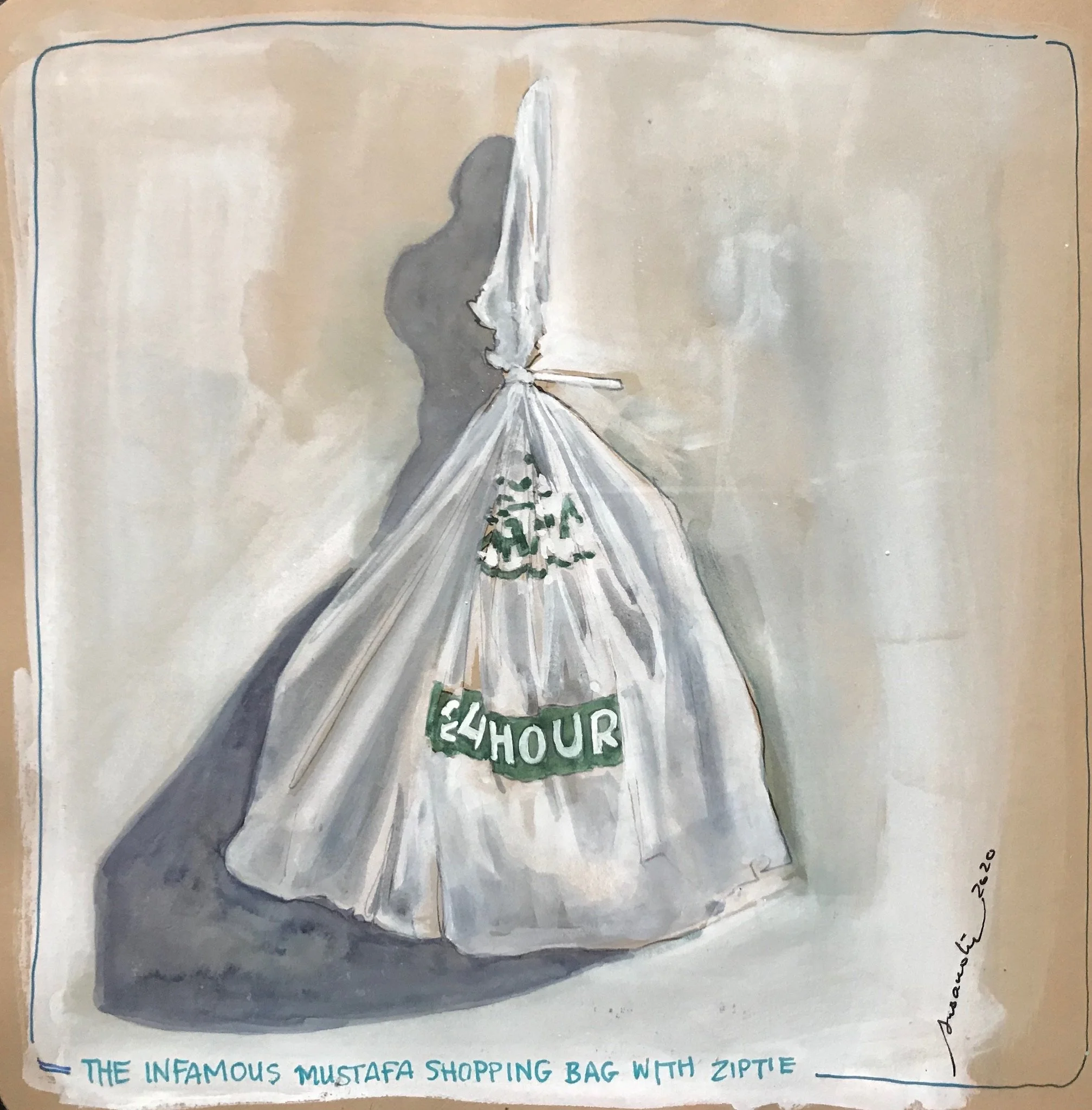Drawing; The Seeing Skills
“How should I start (a drawing) then? Look at the subject as if you had never seen it before ~Gerard Gollwitzer, The Joy of Drawing, 1963
This is the post about my week 9 content- Drawing an Introduction short course.
Still life drawing of half a bag of Japanese rice and clips to keep it fresh.
Drawing skills involves a few different other skills other than just putting pencil to paper. Learning drawing involves learning how to see. Not just seeing correctly but seeing for the purpose of drawing. And this seeing is very different from looking.
Kimono Nicolaides’s quote I’ve used for years say that exact phrase. Seeing for drawing is more than just merely looking with the eyes. It is looking with your other senses too.
The first lesson of my Travel Sketching short course, covers this theory of how to see. When beginners come into my class, some of them have not drawn since they were in school, so their ‘seeing’ eyes has not been adapted since they stopped drawing. And when a beginner’s started to draw again as an adult, they tend to draw interpretations of what Betty Edwards called’ symbols systems’ of their subjects. These drawings are childlike, but also prescriptive. An example of that is the stick figure, the big googley eyes, and the emoticons. These are all symbols of the human figure, the human eye and our emotions.
So how might one start to learn to see? Drawing is a progressive expression, means when we draw something, we inadvertently would be analysing too, and often drawing helps us understand lots of things such as the mechanism or the design of something, or the lay of the land, and the structure of buildings. So progressively when we draw, we started to see more as we learn how to see more.
Learning to see requires an awareness of our tendencies to express in symbols, and we need to interrupt that tendency and switch to using less our thinking brain and more the seeing brain. Our brain in fact is blind, and the seeing brain is what I consider a team work between my hands and my eyes, coordinating to express what is three dimensional into two dimension. This is helped by the artist squint, and the viewfinder tool.
Drawing language
As Betty Edwards also argues in her book, the brain has two hemisphere, the thinking brain is the left brain, the side where language and time exists, and the planning side too. While the seeing brain is the right side, this side does not really understand language or time, so it is perpetually in the now. The right side is the brain we want to encourage activation when we’re drawing, and less the right side.
The use of language is very important in drawing because we’re very strongly govern by language, and the dominant side of our brain tends to always want to make sense of everything through descriptive language. (See Finding Words in my creative life, where I write about the origins of my slow changes in vocabulary choices)
When I draw a cup, or a horse. Instead of using their descriptive words such as’ it’s a thin long wine glass, or that’s the nose, the tail, the better words to use are ‘ its a straight line, and then it curves to the right, and/or lines are bending lower, and then up, and the next shape is a round one…and so forth. In this way, we’re using our left brain’s language to guide our eyes and hands, like drawing a map to a place, instead of trying to describe the place.
A description of a city doesn’t lead us there, but a map does. Description thinking to draw will also often be misleading, because our thinking brain is full of certainty. Drawing is an act of exploration and even if you know what it is you’re drawing, if you’ve never drawn it before, your seeing brain’s never seen it before. However your thinking brain will confidently say’ oh yes, I know what a horse looks like’. But in fact it doesn’t really know and this ‘knowing’ really won’t help your drawing.
Sometimes the thinking brain gets in the way of drawing because it is using the thinking skills to draw. Drawing skills needs an improved seeing skill to get better drawings. So you guessed it, if we want to improve our drawing skills, we need to improve our seeing skills.
The one thing that is very helpful is sometimes to imagine that you’ve never seen that object or subject before. And by using simpler words to guide your drawing hands, you’ll find that the drawing will come out more accurately than if you’re using complicated descriptive words.
This is a digital drawing of my fountain pen. It’s done on procreate, and it has the feel of something real because I see the right elements, like the shine of the transparent exterior on the fountain pen and so I put those elements in the places that would show an illusion of shine.
This is a rendering of my shopping bag from Mustafa, the zip tie closure is iconic to this 24 hours shopping mall to avoid shoplifting. The bag is very recognisable too. I have the shadow shape in the right place, and I see just enough creases to draw it so that you can recognise its 3D properties. The creases in bag or fabrics can be quite a challenge to see, let alone draw.
In week 9, students are to use their viewfinder, and a toned paper or a coloured paper to draw a selection of reflective still life. It can be a water bottle, a glass, a vase. As long as the object reflect some light and is no bigger than your forearm, it can be used.
The objective of this class is to get our eyes to see more things beyond the outlines. The reflectiveness of the objects means there’s more on the surface of our objects to draw, and every shape in that surface counts towards the finished drawing.
This is in preparation to the still life drawing arrangements we are then going to do in week 10.
When using the toned paper, you have more opportunities to see the shiny reflective parts as a group of flat shapes, and if you can see those reflective parts correctly, you can attempt to draw them in the right order and at the end, you might end up with a pretty descent drawing like this example.
In this exercise, think of using words that are more shape words instead of descriptive words of the object.
SATURATION SESSIONS
The goal now is to go deeper into the practice of seeing what is, and not what you think is there. The ways we see something is often clouded by preconceived ideas and assumptions.
So to interrupt the thinking brain from talking a lot and overthinking. Here’s some exercises I have come up with. These three exercises can all be done in 30 minutes, do this BEFORE you do the longer drawing exercises.
Drawing micro to macro, drawing the object very small, and gradually drawing it very large, and so large it doesn’t fit the paper. 15 minutes
Drawing quickly, 10, 20, 40, 60 seconds
Drawing super slowly, and without looking at the paper you’re drawing in. 10 minutes
Drawing quickly gives the thinking brain no time to help, or try to help and overtime it will quiet down. The thinking brain will object and resist this action as ‘ stupid, waste of time, pointless’ at first. But if you keep going, you’ll find it will quiet down, and your seeing brain will take over.
Drawing micro is a way to reduce all the details down to its barest essentials and when you cannot do any details, you are forced to simplify.
Drawing macro is a way to force the seeing brain to choose what to focus on, when zooming in, what do we aim to focus our attention to? The bit that are most interesting? This exercise can focus us in deeper into gesture lines, and slowing down the process of ‘goal oriented ‘ brain ,and more into looking
Every objects you choose will give a variety of choices, if something is very simple, drawing macro forces you to look deeper to what parts are most interesting to draw. Drawing micro forces you keep it simple.
Look for the right size where it’s within the composition you choose, and drawing micro to macro will help you figure the best size for the composition.
Finally, drawing super slowly, without looking at the paper is a way to feel what you see more, this will find the thinking brain protesting again, but when you don’t stop, you will find the feeling of strange, intense, interesting, fascinating arriving instead of confusion. You will find you’ll want to see more, and do not resist this. The seeing brain mode Is a pleasurable place to be in, its alert, life, interested, self-assured, and concentrated. It’s as if you’re entranced and this can also be a little unsettling and feels like you’re not in control. (10 minutes timer)
Be prepared to be in exploratory mode, imagine you’re going through an experience that’s new to you, you don’t know the outcome or where you end up, but you know you’re safe and hold your judgements until later. The creative paradox as described by Betty Edwards is the feeling of testing different ways that you see will fit, you know the feeling when it fits, and the process of getting there is all uncertain, and undefined. The key is to get used to this feeling of uncertainty when you draw. Not to eliminate uncertainty, because it is impossible, and is only going to frustrate you more.
Have fun!
Susan



